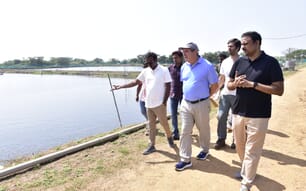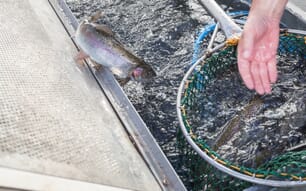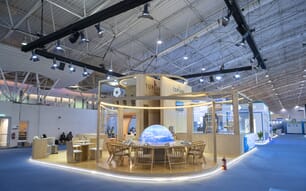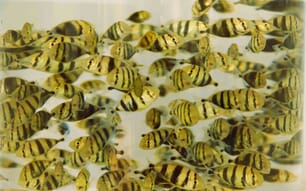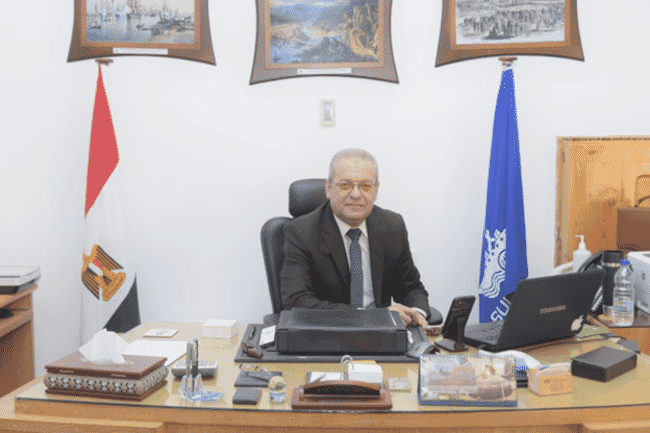
Adel is overseeing one an area of 7,000 acres that has been developed for aquaculture
What is the original goal of the project and what has been achieved so far?
Fish farming in general in Egypt is trying to reduce the gap between consumption and production to the least possible degree.
The Suez Canal Company for Fish Breeding and Aquaculture has developed on an area of 7,000 acres divided into three sectors, each sector containing sedimentation basins, corridors, canals, drains and service facilities along 21 km of the eastern bank of the Suez Canal in the Sinai Peninsula, with a depth of 1.5 km.
Currently, 300 basins are actually being farmed across an area of 428 acres, and 384 are under development across an area of 784 acres in one sector of the three.

The site is producing sea bream, tilapia, sea bass, shrimp, mullets and meagre
What species and how many tonnes of fish does the project currently produce per year?
Sea bream, sea bass, meagre, shrimp, mullets and tilapia.
We are currently producing one third of the capacity of one sector, and the other two are under development. Therefore, the produced quantities did not equal the target quantities of the project, but they actually contribute to filling the local consumption in the canal cities. It is expected this year to produce about 200 tonnes of shrimp and a greater production of sea bream and seabass.
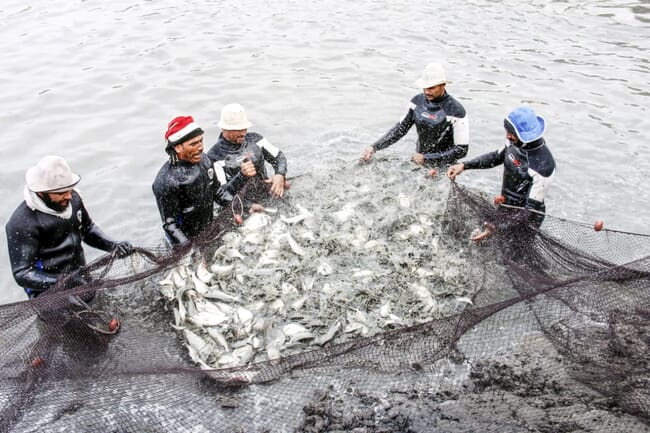
The firm expects to produce about 200 tonnes of shrimp this year, and more than 200 tonnes of sea bream and seabass
Is the project completely vertically integrated – from feed production, to fish production, to processing?
Currently, contracting and preparation for a processing factory is underway. In the future, after the development phase of the sectors, hatcheries will be established for the project until self-sufficiency in seed is achieved to provide the huge amount that will be required by the ponds, as well as the establishment of a feed factory.
Does the project have an export target?
Yes, there is a goal to move Egypt from a consumer country to a productive country and exporting Egyptian fish according to the highest export codes in the global market in the name of the Suez Canal.
Indeed, the first exports have taken place, but it was not direct. Therefore, we are currently expanding in the establishment of the processing factory until the products are exported without an intermediary party.
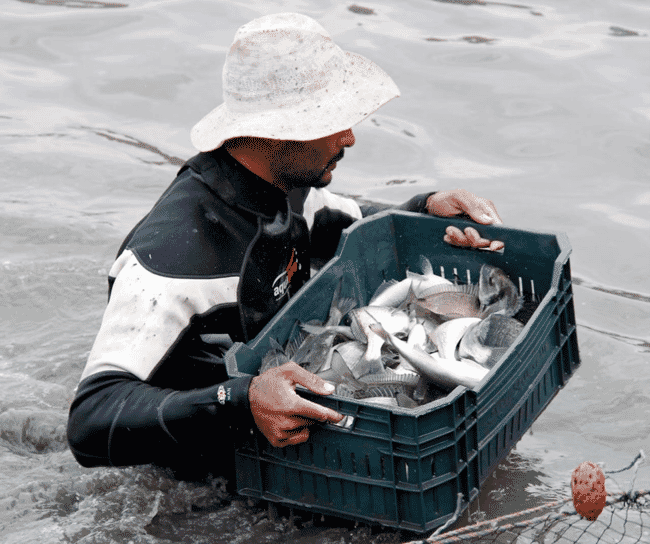
The Suez project integrates the production of different kinds of fish with the same average body weights
What are the most important factors for the farming side of the project?
Earthen basins an essential element in the production inputs quality, and the soil is a natural soil, while the Suez Canal water is a natural source for the ponds, making our products natural.
Oxygen levels and fish growth are ideal due to water quality standards, and excess oxygen is found in the water due to the passage of giant ships through the canal. The fish fry are brought from wild sources and local hatcheries that have approved certificates. The feeds come from international companies and there are several doctors and university professors present who are responsible for nutrition and the rest of the supervision and other processing operations. We also provide a transportation fleet to move products directly to maintain their quality.
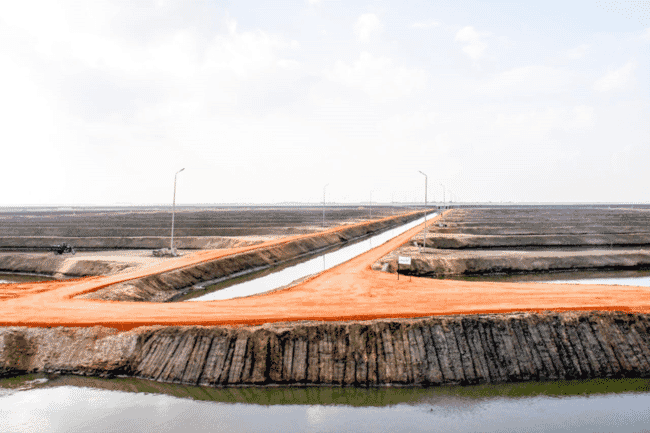
What is the biggest achievement of the project so far?
The biggest achievement from my point of view is the current development plan, which is carried out through high technology under the supervision of many Egyptian consultants and engineers. This aims to:
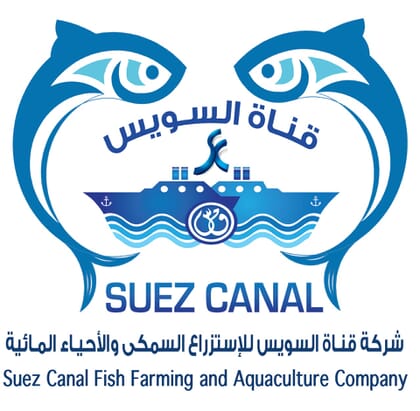
- Raise the efficiency of fish culture ponds, all main and secondary roads of the farm and the basin irrigation and drainage system.
- Increase the target culture area to achieve the highest possible production rates from ponds.
- Reduce the maintenance period between each culture cycle.
What challenges still need to be overcome?
The most important challenge that will remain is the follow-up and periodic measurements and protecting the basins against any external factors or weather influences.

